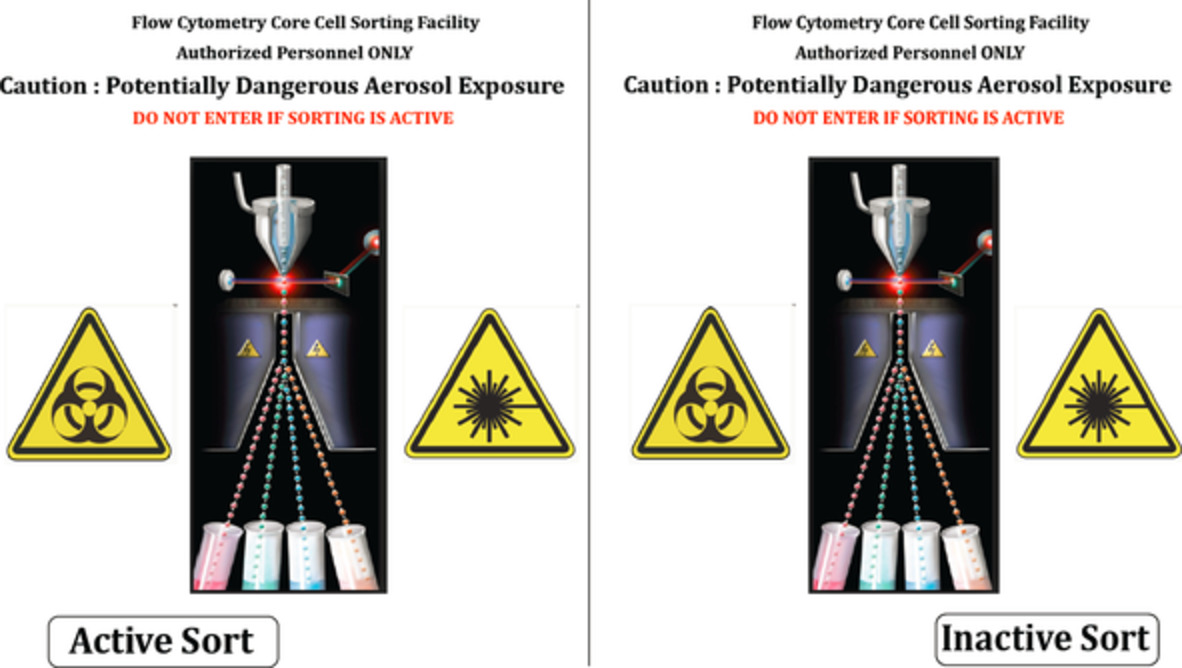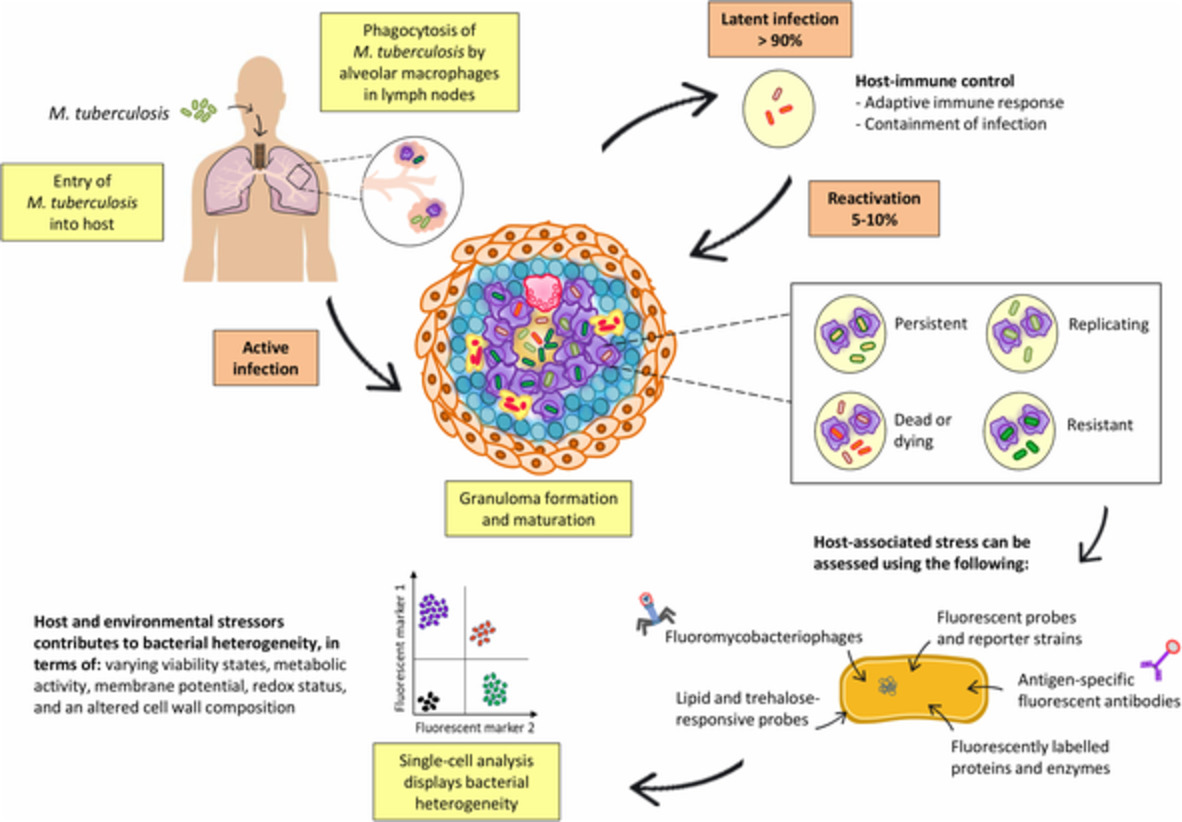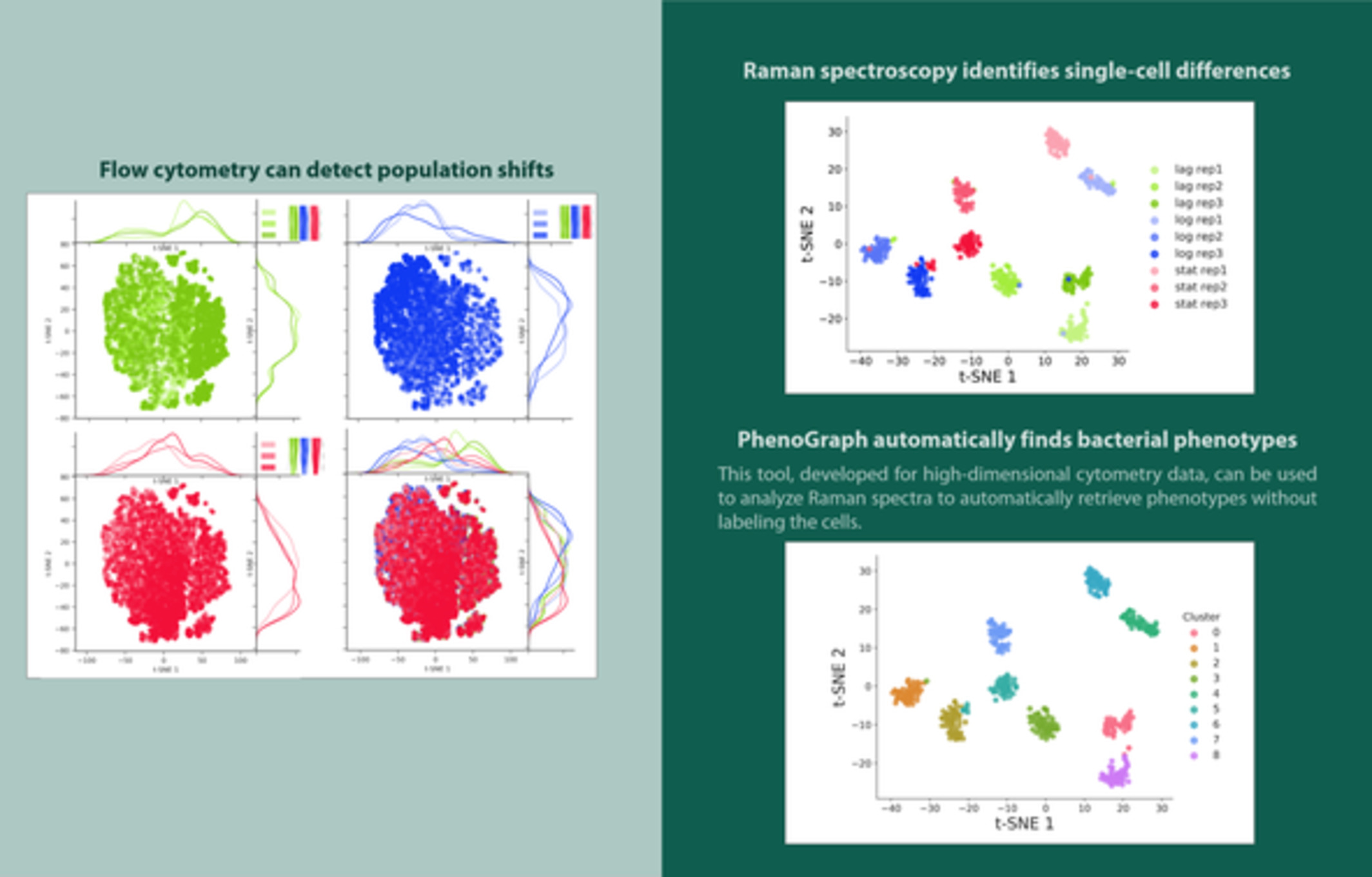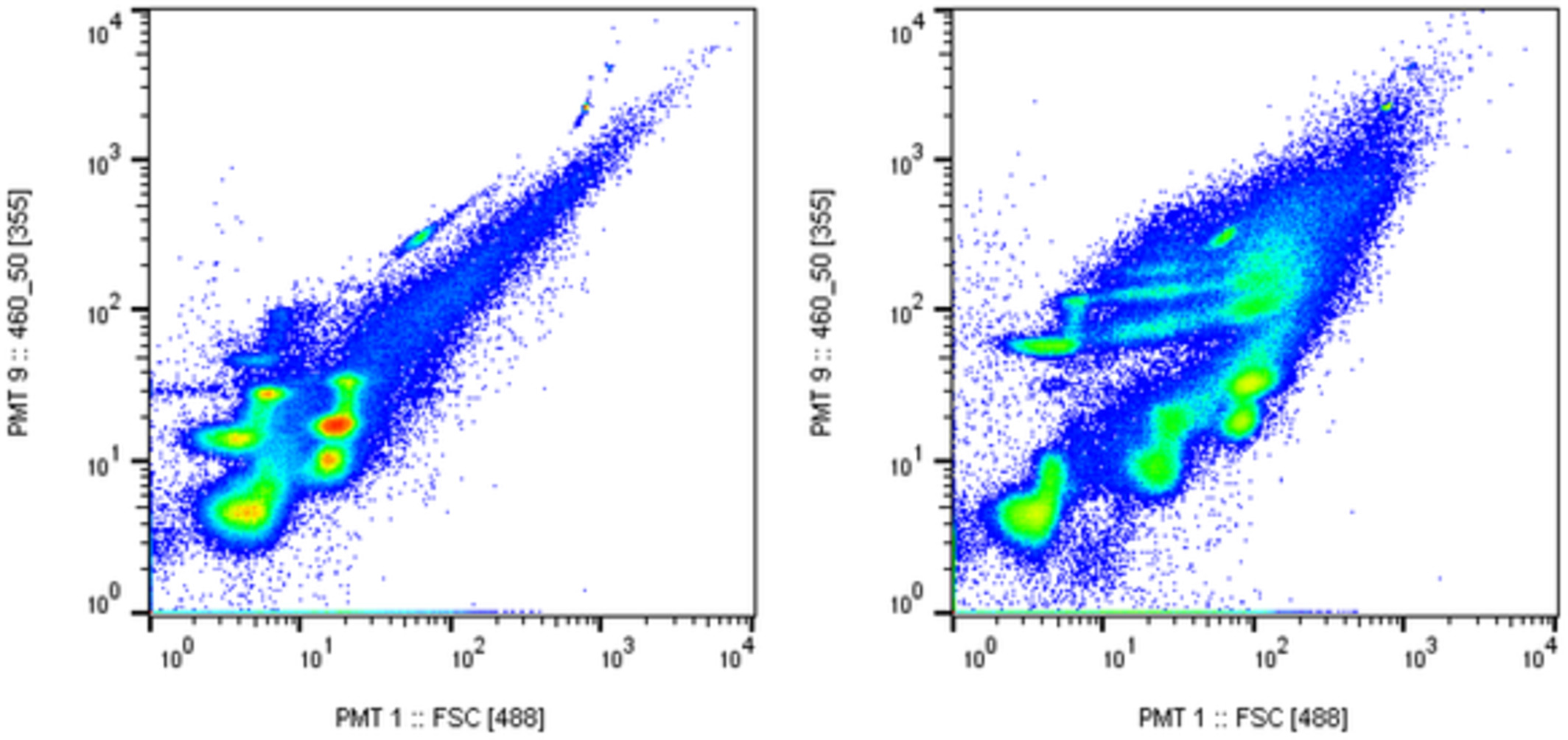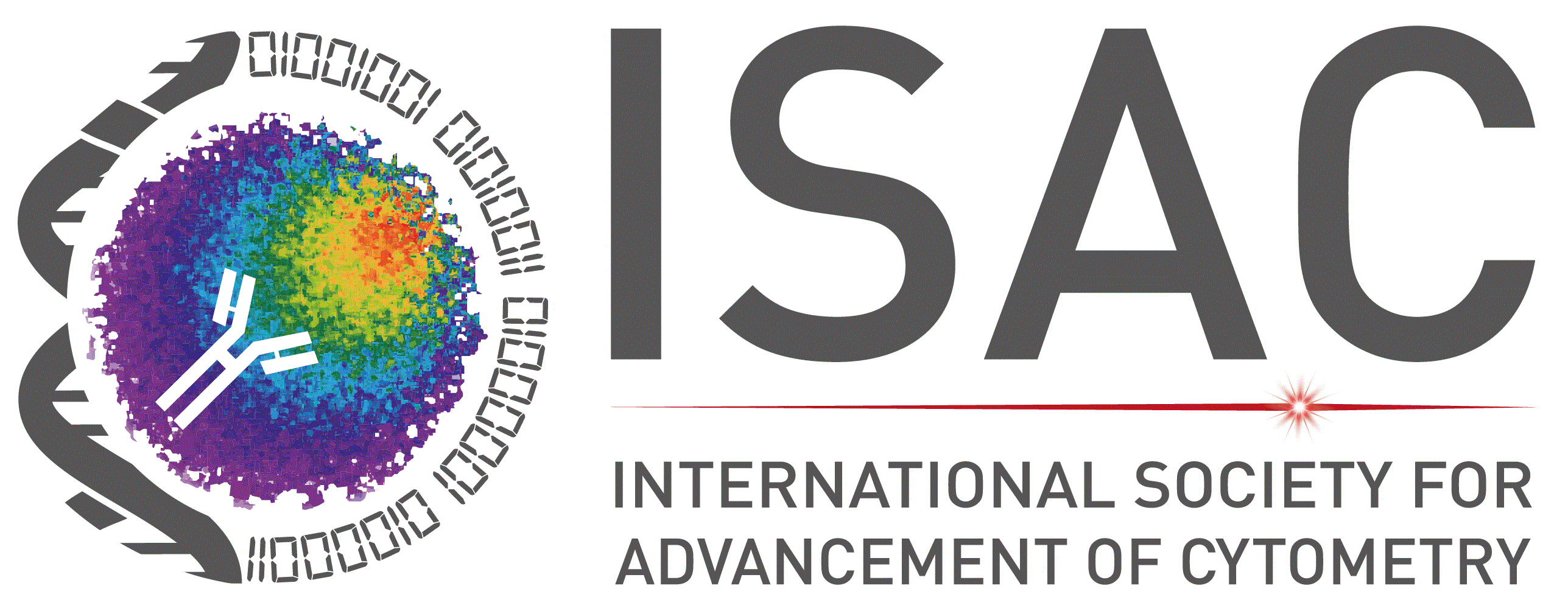Journal list menu
Export Citations
Download PDFs
Volume 97A, Number 7, July 2020 Cover Image
Issue Information – Editorial board
Online TOC
Volume 97A, Number 7, July 2020 Table of Contents
- Page: 654
- First Published: 22 July 2020
Issue Information – Publication schedule
Features
Editorial
COVID-19 Initiatives and a New Associate Editor
- Pages: 660-661
- First Published: 30 June 2020
COVID-19 Fast Tracks
Dengue Fever, COVID-19 (SARS-CoV-2), and Antibody-Dependent Enhancement (ADE): A Perspective
- Pages: 662-667
- First Published: 07 June 2020
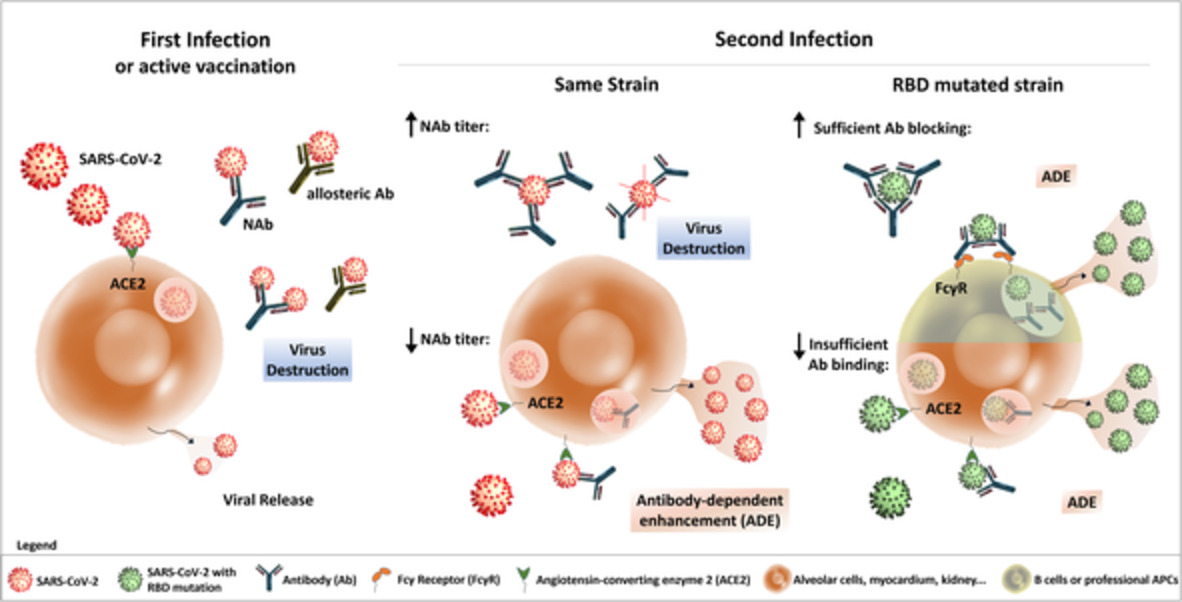
SARS-CoV-2 pandemic and recurrent dengue epidemics in tropical countries are a global health threat. Both virus-caused infections may only reveal light symptoms, but also cause severe diseases. As known for Dengue infections, Antibody-Dependent Enhancement (ADE) can occur during a second infection with a different virus strain: Preexisting antibodies do not neutralize but enhance infection, possibly by triggering FcgR-mediated virus uptake. Thus, previous coronavirus infections or infections with different SARS-CoV-2 strains could promote ADE and aggravate COVID-19.
Handling and Processing of Blood Specimens from Patients with COVID-19 for Safe Studies on Cell Phenotype and Cytokine Storm
- Pages: 668-673
- First Published: 10 April 2020
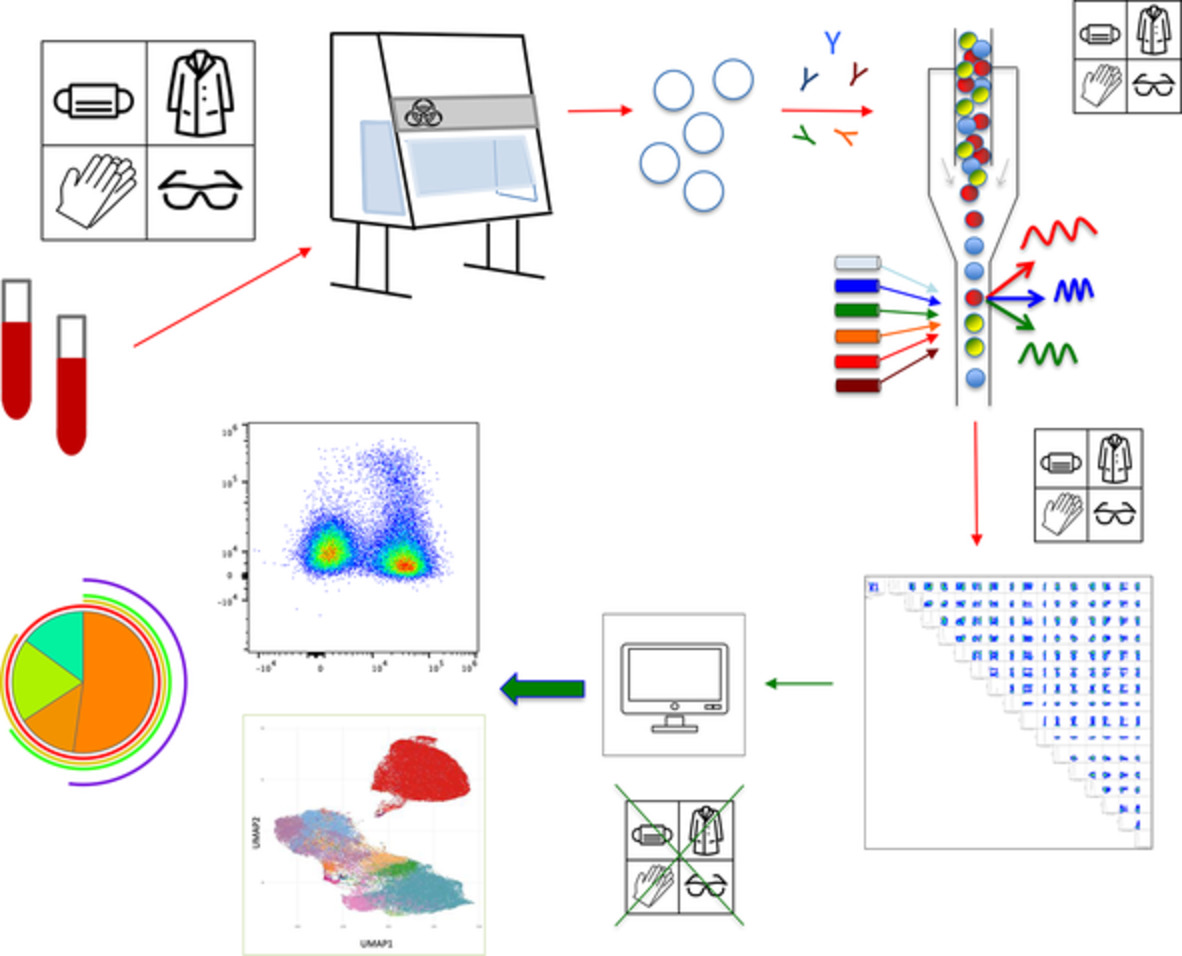
For the analysis of cell phenotype or for intracellular cytokine staining, blood is processed as in the Graphic Abstract. Blood is taken to a BLS2 room, where, wearing mask, coat, gloves and lens, blood is processed inside a biosafety cabinet; PBMCs are isolated, stained, and finally acquired by a flow cytometer. Then, analysis can be performed in other rooms, with no precautions. Some images are from http://www.onlinewebfonts.com/icon.
Procedures for Flow Cytometry-Based Sorting of Unfixed Severe Acute Respiratory Syndrome Coronavirus 2 (SARS-CoV-2) Infected Cells and Other Infectious Agents
- Pages: 674-680
- First Published: 03 June 2020
Editorial
Microorganisms and Their Activities Within Microbial Communities
- Pages: 681-682
- First Published: 24 June 2020
Reviews
Recent Developments in the Application of Flow Cytometry to Advance our Understanding of Mycobacterium tuberculosis Physiology and Pathogenesis
- Pages: 683-693
- First Published: 21 May 2020
Live and Let Dye: Visualizing the Cellular Compartments of the Malaria Parasite Plasmodium falciparum
- Pages: 694-705
- First Published: 18 November 2019
Original Articles
Real-Time Monitoring of Bacteria Clearance From Blood in a Murine Model
- Pages: 706-712
- First Published: 26 November 2019
Discriminating Bacterial Phenotypes at the Population and Single-Cell Level: A Comparison of Flow Cytometry and Raman Spectroscopy Fingerprinting
- Pages: 713-726
- First Published: 30 December 2019
Imaging Flow Cytometry for Phylogenetic and MorphologicallyBased Functional Group Clustering of a Natural Phytoplankton Community over 1 Year in an Urban Pond
- Pages: 727-736
- First Published: 30 May 2020
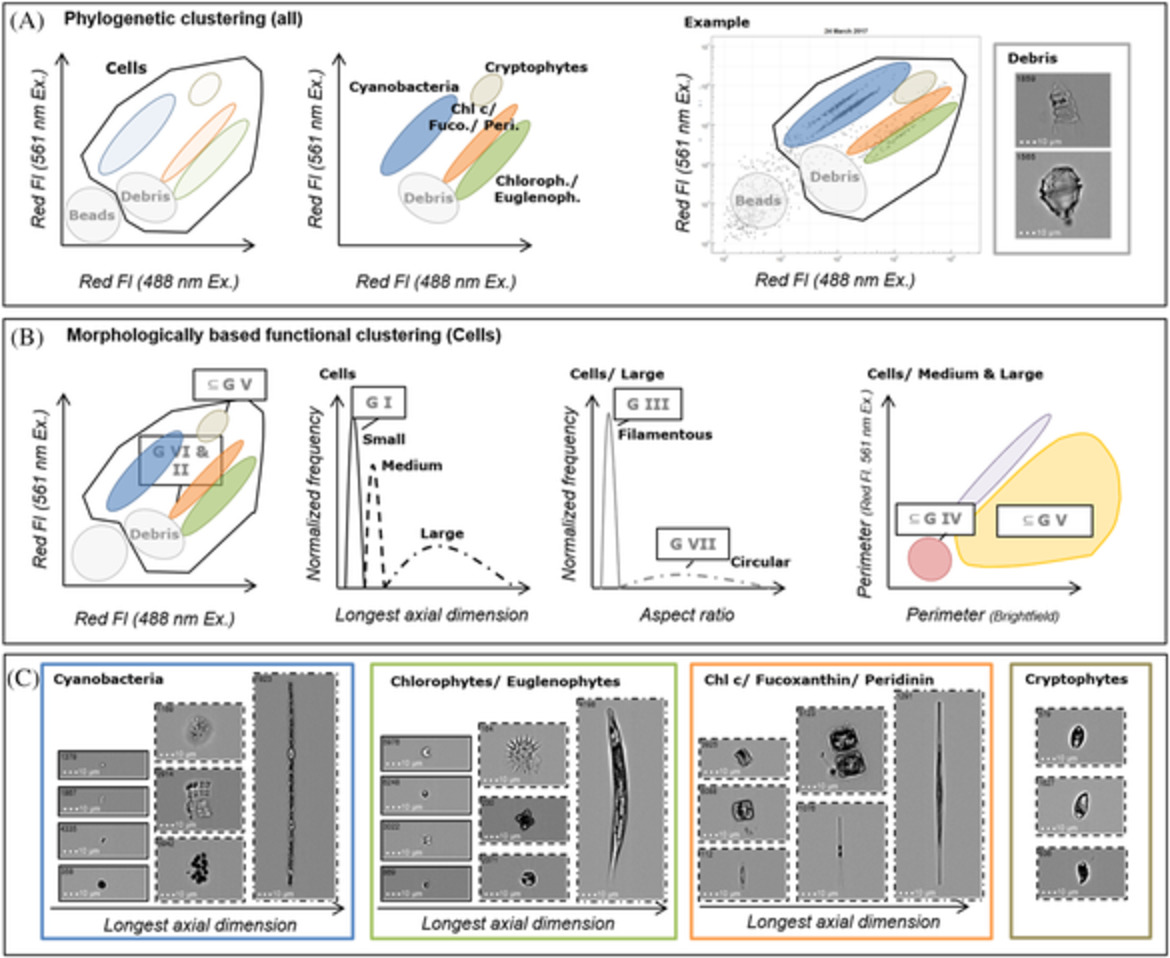
Schematic representation of (A) phylogenetic (cyanobacteria, cryptophytes, Chl c/fucoxanthin- and peridinin-containing species (chrysophytes, bacillariophytes and dinophytes) as well as chlorophytes/euglenophytes) and (B) morphologically based functional classification (MBFG I-VII) according to Kruk et al. (19) based on either red fluorescence signals by excitation with 488 and 561 nm or based on morphological image analysis, including longest axial dimension, aspect ratio (width/height) and perimeter of brightfield or red fluorescence object. (C) Shows exemplary images derived from imaging flow cytometric measurements, assigned to the respective phylogenetic group revealed by clustering via different fluorescence emission and sorted by longest axial dimension (small size class [solid border], medium-sized class [dashed border], and large size class [dotted-dashed border]).
Brief Report
Label-Free Four-Dimensional Visualization of Anaerobically Growing Electroactive Biofilms
- Pages: 737-741
- First Published: 08 June 2020

Imaging in space and time: Light sheet fluorescence microscopy allows nondestructive, label-free in vivo imaging of microbial biofilms at intransparent surfaces. Biofilm growth and structural development can be monitored over time and thus linked to metabolic measurements, here electrochemical activity.
Technical Note
Bacterial Community Diversity Dynamics Highlight Degrees of Nestedness and Turnover Patterns
- Pages: 742-748
- First Published: 16 January 2020
Issue Information-ISAC Member Application
Issue Information-Editorial Policy
Issue Information-Instructions to Contributors
Cytometry part A instructions to contributors
- Page: 752
- First Published: 22 July 2020





